
Lakewood is a neighborhood in East Dallas, Texas (USA). It is adjacent to White Rock Lake and Northeast of Downtown Dallas. Lakewood is bound by Mockingbird Lane to the north, Abrams Road to the west, Gaston Avenue to the south, and White Rock Lake to the east.

The Dallas Independent School District is a school district based in Dallas, Texas (USA). It operates schools in much of Dallas County and is the second-largest school district in Texas and the seventeenth-largest in the United States. It is also known as Dallas Public Schools (DPS).
Wilmer–Hutchins Independent School District (WHISD) was a school district in southern Dallas County, Texas serving the cities of Wilmer and Hutchins, a portion of Dallas, and a small portion of Lancaster. The district served urban, suburban, and rural areas. Some unincorporated areas with Ferris addresses were served by WHISD. It closed in 2006 and was absorbed by the Dallas Independent School District.
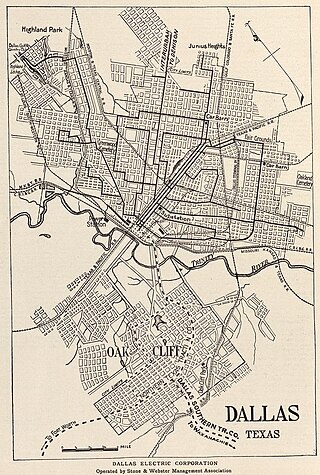
Junius Heights is Dallas' largest historic district, a neighborhood of more than 800 homes in East Dallas, Texas (USA) situated east of Munger Place, south of Swiss Avenue and southwest of Lakewood. It is relatively rectangular, bounded roughly by Gaston Avenue on the NW, Paulus Avenue on the NE, Reiger Avenue on the SE, and Henderson Avenue on the SW.
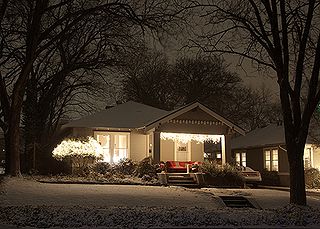
Vickery Place is a historic neighborhood in East Dallas, Texas, bounded on the north by Goodwin Avenue, on the west by North Central Expressway and Henderson, on the south by Belmont, and on the east by Greenville Avenue. Although Vickery Place is considered by some to be part of the M Streets area, it is strictly speaking not as it is south of the Greenland Hills subdivision. Vickery Place has seen much improvement and property value growth over the past several years due to its close proximity to Downtown Dallas and Uptown, and its location bordering the vibrant Lower Greenville Avenue and Knox-Henderson entertainment and shopping districts.

Woodrow Wilson High School, commonly known locally in short as Woodrow, is a public high school located in East Dallas, Texas (U.S.). Woodrow enrolls students in grades 9–12 and is a part of the Dallas Independent School District (DISD). It is located adjacent to the Junius Heights historic district.
South Oak Cliff High School is a public secondary school located in the Oak Cliff area of Dallas, Texas, United States. South Oak Cliff High School enrolls students in grades 9-12 and is a part of the Dallas Independent School District (DISD).
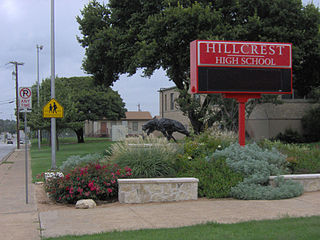
Hillcrest High School, formerly Vickery Meadows High School is a public secondary school located in North Dallas, Texas (USA). Hillcrest High School enrolls students in grades 9–12 and is a part of the Dallas Independent School District. In 2018, the school was rated "Met Standard" by the Texas Education Agency.
Lower Greenville is a neighborhood in east Dallas, Texas (USA), west of Lakewood. Specifically, the neighborhood is the area adjacent to Greenville Avenue south of Mercedes Avenue and north of Belmont Avenue. The area south of Belmont Avenue is often, and more specifically, called "Lowest Greenville," and the area north of Mockingbird Lane is called "Upper Greenville." "Lower Greenville" is also used to refer to the neighborhoods surrounding Greenville Avenue, including Vickery Place, the Belmont Addition, Glencoe, Greenland Hills, and Stonewall Terrace. It straddles Dallas Council Districts 14 and 2.
Greenland Hills is a neighborhood in east Dallas, Texas, United States. It is bounded on the west by North Central Expressway, on the south by Vanderbilt Avenue, on the east by Greenville Avenue and on the north by McCommas Boulevard.
Preston Hollow Elementary School is a public primary school in the Preston Hollow area of north Dallas, Texas. Preston Hollow Elementary School enrolls students in grades pre-kindergarten–5 and is a part of the Dallas Independent School District.
Wilmer-Hutchins High School is a public secondary school in Dallas, Texas (USA). A part of the Dallas Independent School District, Wilmer-Hutchins High was formerly part of the now defunct Wilmer-Hutchins Independent School District.
Walnut Hill International Leadership Academy (WHILA), formerly Walnut Hill Elementary School, is a public K-8 school in Dallas, Texas, and a part of the Dallas Independent School District (DISD). The school's previous campus was located near Walnut Hill Lane. The school has been in operation since 1912, though the building used until 2019 was constructed in 1946. Walnut Hill serves a portion of the Preston Hollow area, including parts of the "Old Preston Hollow" estate community.
South Dallas is an area in Dallas, Texas. It is south of Downtown Dallas, bordered by Trinity River on the west, Interstate 30 on the north, and the Great Trinity Forest to the south and east. In recent years the City of Dallas and organizations including Dallas Area Habitat for Humanity and Rebuilding Together Dallas have begun revitalizing the area in an effort to make the area more attractive to homeowners and foster economic development.
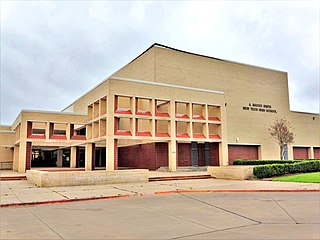
A. Maceo Smith High School was a four-year public high school serving grades 9-12 in the Oak Cliff area of Dallas, Texas (USA). It was part of the Dallas Independent School District. It was replaced by A. Maceo Smith New Tech High School in 2011, and in 2018 Barack Obama Male Leadership Academy began to occupy the campus.
Caruth Terrace is a primarily residential neighborhood in eastern Dallas, Texas (US). It is adjacent to several other East Dallas neighborhoods, including North Stonewall Terrace, University Meadows, Hillside, and Wilshire Heights.
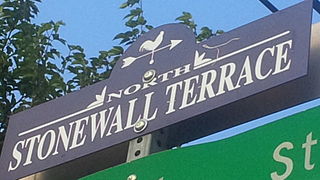
North Stonewall Terrace is a residential neighborhood in eastern Dallas, Texas (US). It is adjacent to several East Dallas neighborhoods, including Caruth Terrace, Stonewall Terrace, and University Crossing.
Wilshire Heights is a residential neighborhood in eastern Dallas, Texas (USA). It is adjacent to several East Dallas neighborhoods including: Lakewood, Stonewall Terrace, Lakewood Heights, and Caruth Terrace.
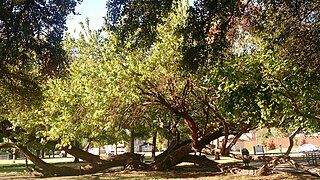
Lakewood Heights is a residential neighborhood in Dallas, Texas (USA), bounded by Abrams Road to the east, Monticello Avenue to the north, Skillman Street to the west, and Richmond Avenue to the south. It located in East Dallas. Lakewood Heights is approximately one-half mile (0.8 km) wide (east-west) and three-quarters of a mile (1.2 km) long (north-south). It covers approximately 240 acres (97 ha) or slightly less than 0.375 square miles (0.97 km2). It is adjacent to several East Dallas neighborhoods, including Lakewood, Lower Greenville, and Wilshire Heights.








